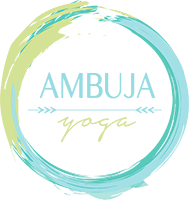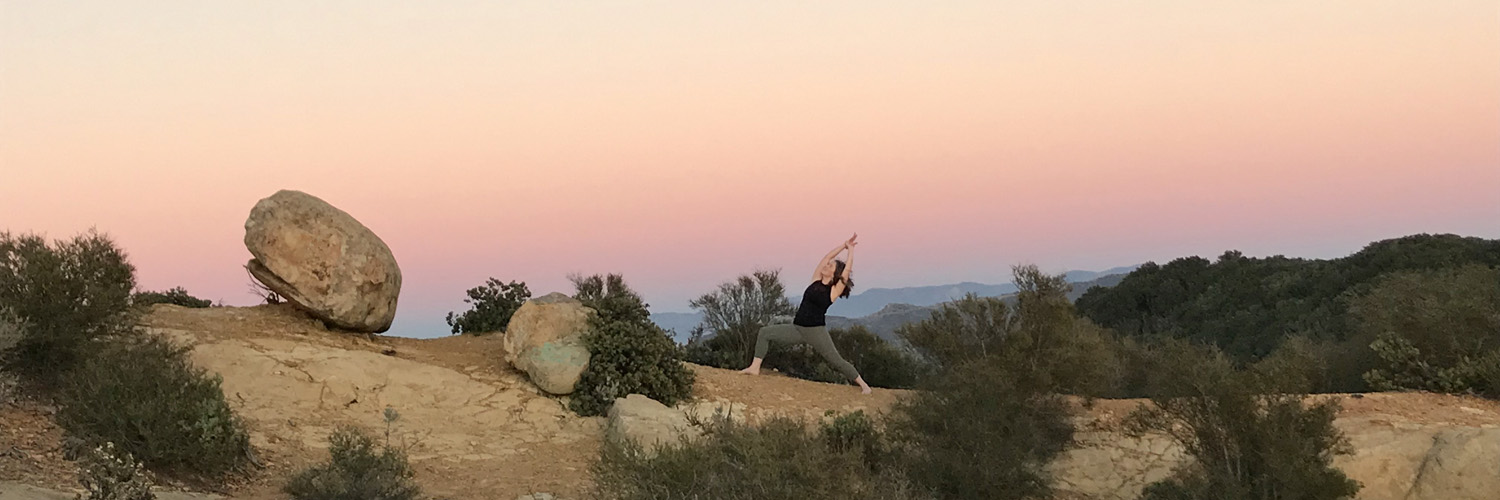Hello yogis! Here is part three to the four part series on reducing lower back pain. During part three we will be focusing on restorative postures for the lower back. These posture will focus on relieving tension throughout the body: lower back, shoulders, neck and hips.
Restorative postures, in general, are held longer than the more active postures. You may want to stay in the following postures for anywhere from 3-7 minutes. Remember to start slow and gradually add time. If during the postures you feel any tension building please change the posture; sometimes just changing the posture a quarter of an inch or adding an extra prop can make the posture more comfortable and more restorative. In restorative yoga postures there should be no muscular effort.
Restorative yoga postures for lower back pain are a great way to start and end your yoga practice… and when your back is feeling cranky, maybe it’s your only yoga practice. Know that that is okay. Sometimes when I practice yoga at home I will only do a couple of yoga postures all supported by blankets, blocks, bolsters because that is exactly what my body needs. As you develop your home yoga practice remember to listen to your body and honor your body’s limitations.
Let’s get started with our restorative yoga practice.
1. Supported Child’s Pose
Benefits: Gently stretches the lower back and hips. Calms the mind and induces the relaxation response by stimulating the parasympathetic nervous system.
Instructions: From hands and knees take your hips wider than hip width and draw your toes to touch. Bring your bolster lengthwise in front of you and snug the short edge of your bolster right between your knees. If you don’t have access to a bolster you can use a stack of folded blankets or firm pillows. Hinge forward from your hips and drape your body over the bolster and allow your forearms and hands to rest down on your mat. Begin with your right ear down and hold for 2-3 minutes then switch your left ear down and hold for an additional 2-3 minutes. To exit the pose begin to bring your awareness back to your breath and use an inhale breath to lift up out of the pose using the strength of your arms.
2. Deer Pose Twist (Supported Prone Twist)
Benefits: The Deer Pose Twist gently stretches lower back and hips. This gentle twist also stimulates the Parasympathetic Nervous System which regulates our Relaxation Response.
Instructions: To set up for the Deer Pose Twist you will want a bolster (a couple of firm pillows or a firmly folded blanket will also work perfectly) and you will place your bolster on the floor in front of you lengthwise. Starting on the right side, sit next to the short edge of the bolster with your right hip and right thigh snugged up to the short edge of the bolster and your leg bent a bit more than 90 degrees at the knee. Your top leg (left) will also have about a 90 degree angle at the knee. Snug your left knee into the sole of your right foot and allow your inner shin/calf to rest on the floor (legs look like a swastika). Turn your upper body to face your bolster and take one hand to either side of the bolster, framing the bolster and squaring your shoulders. Inhale lengthen your spine long and as you exhale gently lower your torso down onto the bolster. Left or right ear can come down to the bolster, whichever feels best on your neck. Hold the posture up to five minutes. To exit the pose use an inhale breath to lift your torso up gently and slowly and then switch sides and hold for an equal length of time.
3. Supported Bound Angle Pose (Supta Baddha Konasana)
Benefits: Supported bound angle pose gently opens the muscles of the groin and inner thighs, reestablishes the lumbar curve and gently opens the chest and shoulders.
Instructions: You will want a bolster (or stack of firm blankets), two yoga blocks (or a couple of phone books or other thick firm books), a couple of pillows and a bath towel. I know this sounds like a lot of work, but it’s totally worth it. Place your bolster or a firm stack of blankets behind you lengthwise on your mat, place your blocks in a ramp-like fashion underneath the far edge of your bolster (one on the lowest setting and one on the highest setting), place your folded bath towel on the far top edge of the bolster (it will be used to support your head and neck) and then you will take a seat with your sacrum (lower back) next to the short edge of your bolster and then lower your torso down onto the bolster with the folded towel supporting your neck and head. Bend your knees and guide the soles of your feet to touch and allow your knees to fall out to the side (butterfly pose) and place a pillow or any other prop you have available underneath your thighs or knees, so you feel supported in this posture. Let your arms rest our by your sides with your palms facing up toward the ceiling. Stay in this pose for 3-7 minutes.
4. Pigeon Pose (Eka Pada Rajakapotasana Variation)

This is the full expression of the posture. You can place a bolster or stack of blankets/pillows lengthwise in front of your to support your torso and/or a block, book or pillow underneath the hip of the the bent leg.
Benefits: Pigeon pose opens the hips and lower back. It specifically stretches the piriformis. When the piriformis becomes tight it can put pressure on the sciatic nerve and causes shooting pain down the leg.
Instructions: Begin in either downward facing dog or table top pose and guide your right knee up toward your right wrist and your right foot will land somewhere between your left wrist and your left hip (the more parallel your shin is to the front edge of your mat the more difficult the posture will be ie. the closer your foot is to the left hip the easier the posture will be). Extend your left leg long straight back behind you. From here you can place a block, pillow or book underneath your right hip (to keep your hips level) and place your bolster or stack of blankets lengthwise in front of you. You can stay upright OR fold over your bolsters. Find a slow steady breath. Hold the posture on each side for 2-5 minutes.
5. Corpse Pose (Supported Savasana)
Benefits: Supported Savasana helps the entire body relax. Having the knees propped by a bolster or stack of pillows/blankets helps reduce tension in the lower back and sacrum. This is a deeply restorative posture.
Instructions: To come into supported savasana place a bolster or stack of blankets/pillows crosswise on your mat. You will place your legs over the top of the props so your knees are bent, but supported. It’s okay if your feet don’t reach the ground. If you would like you can place a pillow or folded blanket underneath your head and neck for support and/or a blanket over your body for warmth. You want to feel comfortable and supported in this posture. Stay in this posture for 5-15 minutes.
Bonus Pose: “Legs Up The Wall” Pose (Viparita Karani)
Benefits: Legs Up The Wall pose or Viparita Karani helps improve circulation. Helps boost the immune system by aiding the circulation of lymph and also help calm the mind by reducing anxiety and increasing the body’s relaxation response. It is an excellent posture to do before bed.
Instructions: If you have hardwood floors (or other hard floors) in your house you may want to drag your mat (or a blanket) over to the wall with the short edge of your mat against the wall. The mat or blanket will provide your body with a bit of insulation against the cool floor. To come into the posture you will take a seat on your left hip and snug both hips as close to the wall as you can, then lay down on your left side and then roll onto your back and extend both legs up the wall. Let your legs rest heavily against the wall and let your arms wither rest by your side or bring both hands to your belly. Close your eyes. Stay in this posture for 2-5 minutes.
These 6 restorative yoga postures help heal and nourish the body whether you are experiencing lower back pain or not, so why note share your yoga practice with a loved one?
I’m always happy to hear from my readers. Feel free to contact me if you need any extra guidance, modifications or recommendations. What you liked about these postures or what you didn’t like.
Check back soon for part 4…. my first yoga video… a guided practice that combines all three previous parts plus a little extra.
Love and Light,
Autumn
- 2024’s Most Inspiring Books on Yoga, Motherhood, and the Path of Transformation - March 28, 2024
- Gratitude Revolution: Simple Ways to Spark Joy in Your Life - November 21, 2023
- Yoga and the Immune System - May 17, 2021

 Ambuja Yoga
Ambuja Yoga 




